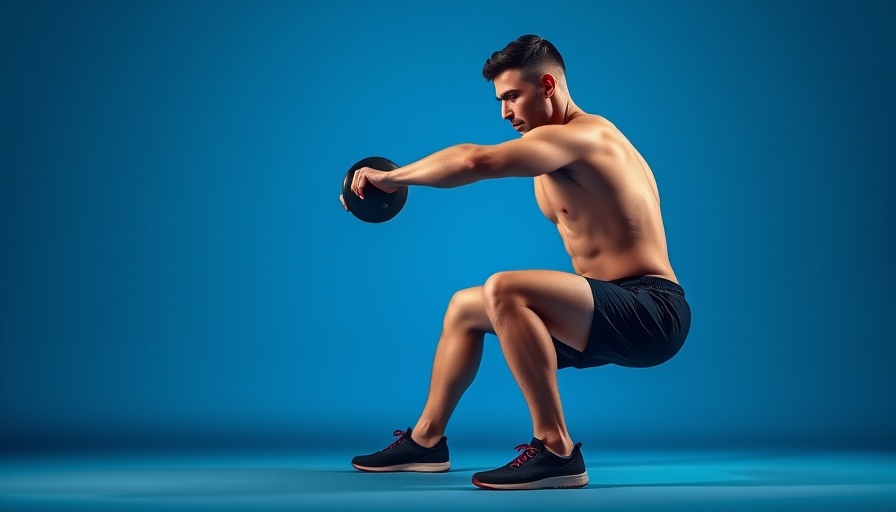
Understanding the Art of Spotting in the Gym
The bench press is not just a test of strength; it’s an exercise steeped in trust and collaboration. A spotter plays a critical role, acting as the first line of defense against potential injuries while simultaneously serving as a supportive partner for the lifter. When executed properly, spotting can elevate both performance and safety, cultivating a positive environment in which gym-goers feel comfortable pushing their limits.
Why a Good Spotter Matters
According to Dan Stephenson, a seasoned coach with extensive experience, being a great spotter transcends simple physical support. "A good spotter is an active participant who is responsible for ensuring the lifter’s safety while maintaining optimal performance," he says. Spotters must master the art of the handoff — ensuring the bar is securely positioned before introducing it to the lifter and tracking its movements closely during the lift. This entails offering just enough support without detracting from the lifter’s experience or confidence.
Many gym enthusiasts feel intimidated by the prospect of spotting heavier weights, worried that they may not possess the physical prowess to provide adequate assistance. Stephenson dispels this myth, asserting that confidence and communication are far more valuable attributes. For instance, a spotter who effectively communicates during a lift can significantly ease the stress that comes with attempting challenging weights.
The Dos and Don’ts of Spotting
Spotting, when done correctly, strengthens both the lifter’s confidence and the bond between partners. Understanding the key dos and don’ts can enhance this critical component of gym culture:
- Do establish clear communication: Before starting, discuss signals for when the lifter needs help or feels comfortable with the weight.
- Do maintain focus: Keep your eyes on the lifter throughout the exercise. Distractions can lead to accidents.
- Don’t grab the bar prematurely: A spotter should only intervene when the lifter genuinely struggles. Forcing assistance can interrupt momentum.
- Don’t rush the re-rack: A smooth re-rack is essential for preserving the lifter’s remaining energy and maintaining proper technique.
Building a Supportive Gym Community
Creating a culture of safety and encouragement can significantly improve gym experiences. For many professionals, middle-aged athletes, or anyone looking to enhance their fitness regimen, the camaraderie built on shared gym experiences fosters motivation. It's not uncommon to hear lifters express their appreciation for partners who help them surpass personal records, especially when those records seem out of reach.
Spotting Beyond the Bench Press
It’s also essential to recognize that spotting isn’t limited to just the bench press. Various exercises such as squats and overhead lifts benefit from attentive doubles, reminding us that safety is paramount in all workouts. The skills learned while spotting can directly transfer to other forms of assisting, making anyone a more versatile gym partner.
Future Trends in Gym Safety
As the fitness industry continues to evolve, safety protocols are likely to become more sophisticated. Gyms are increasingly integrating technology to enhance spotting, such as using wearable sensors to monitor lifting forms and alert spotters when intervention is needed. This innovation represents a significant evolution in professional and amateur situations alike.
Empowering Your Lifting Routine
For all lifters, knowing that there is a safety net while pushing their limits can be incredibly empowering. Building a solid foundation of communication and trust with your spotter can not only enhance performance but promote a positive gym atmosphere that benefits everyone. So, the next time you grit your teeth and brace for a heavy lift, consider the vital role of your spotter and the shared journey toward muscle-building achievements.
Ready to take your gym experience to the next level? Whether you're lifting for injury recovery or aiming for muscle-building goals, investing in collaborative and safe workout practices is key. Next time you’re at the gym, give your bench press partner a high-five and acknowledge the trust that goes into every lift!
 Add Row
Add Row  Add
Add 




Write A Comment